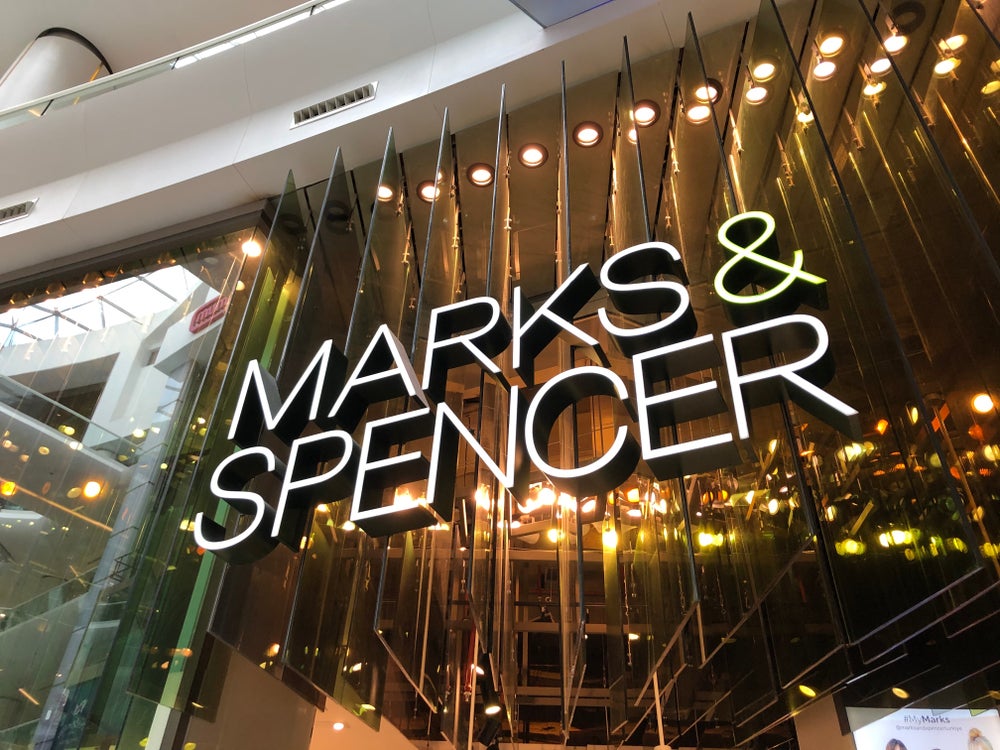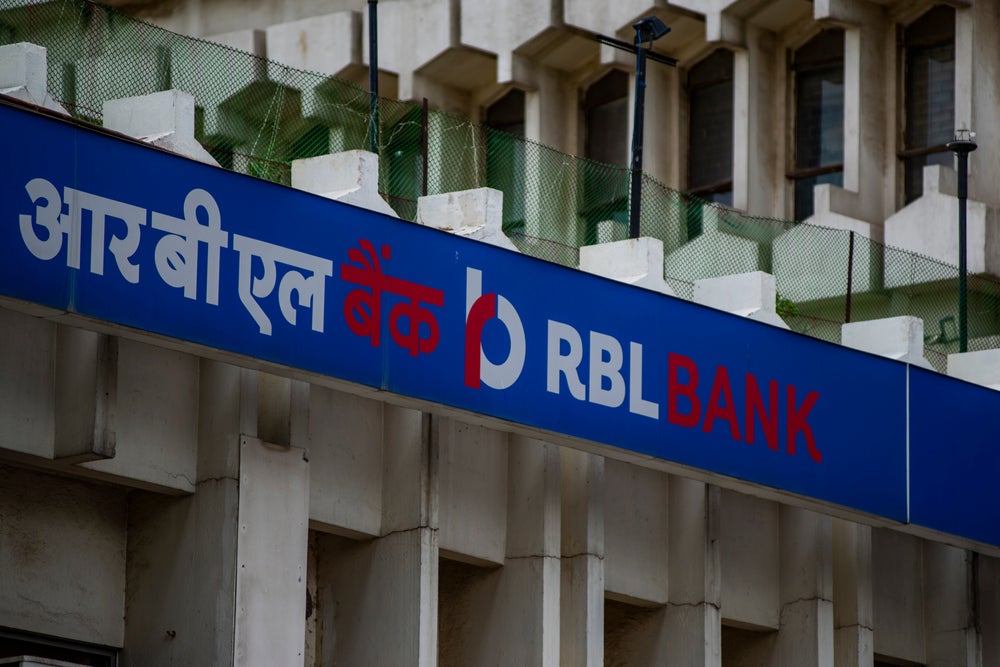As Brazil’s economy booms, personal
debts are rising, and retailers are issuing vast numbers of credit
cards in order to further boost footfall into stores. But now the
government is starting to act, writes Sheena Rossiter
 There
There
has been lot of talk lately of Brazil’s so-called forming
credit bubble, and that the bubble is set to burst. Some
allegations have even gone as far as saying that Brazil’s mounting
consumer debts may be the root of the problem and could stall the
country’s progress right in its tracks, with Brazil’s Central Bank
expecting 28% of Brazilians’ disposable income will go to serving
debts by the end of the year – that’s more than double other
developing nations where less than 10% of household incomes are
dedicated to paying off debts.
Credit now makes up nearly 50% as a percentage
of the country’s GDP, up from 24% in 2003 at the beginning of the
Luiz Inácio “Lula” da Silva administration which elevated around
40m Brazilians from poverty. And the expansion of getting the new
middle-class away from cash, cheque and boletos (a common invoicing
method of payment used in Brazil) and on to electronic payments has
been growing quickly.
Even with all this talk of a credit bubble
forming and potentially bursting, it hasn’t stopped banks from
wanting to issue more credit cards. Especially in the retail market
where the so-called “hybrid” card has been born.
How well do you really know your competitors?
Access the most comprehensive Company Profiles on the market, powered by GlobalData. Save hours of research. Gain competitive edge.

Thank you!
Your download email will arrive shortly
Not ready to buy yet? Download a free sample
We are confident about the unique quality of our Company Profiles. However, we want you to make the most beneficial decision for your business, so we offer a free sample that you can download by submitting the below form
By GlobalDataLooking at the facts
The $190bn credit card industry in Brazil
continues to grow. By the end of last year, there was a total of
628m payment cards in circulation in Brazil, with 36% of those
cards having been issued in the retail market space. The figure is
a 7% increase from 2005 when store cards amounted to 29% of the
cards in circulation in the country. According to the
Brazilian Association of Credit Cards and Services for Businesses
(ABECS), an association that oversees the electronic payment market
in Brazil, an estimated 661,699 cards were issued in Brazil in July
2011 and it’s estimated that about a third (238,725) of those cards
were issued in the retail sector. In comparison to the same period
a year before, there was about a 12% increase in the number of
retail payment cards issued.
Retail cards took in an estimated 118,536
transactions that totalled approximately R$6.641m in July
2011 – making for an estimated year-on-year increase of 13%
in transactions and a 20% increase in spending.
Brazil’s emerging middle class, more commonly
known as Classes C, D and E in Brazil’s five-tiered A to E income
ranking structure, now has access to credit which was once only
available to the country’s elite. And this segment of the
population is big on retail-issued credit cards that offer benefits
to their consumers.
There was no shortage of talk about Brazil’s
booming retail market at the Cards & Payment Identification
2011 conference back in May in Brazil’s financial hub, Sao
Paulo.
“Those who know how to give credit to the C, D
and E Classes have the opportunity to have gold in their hand,”
says Denis Piovesan, commercial director of cards at Banco
Losango.
Retailers are looking to gain market share
among Brazil’s new consumers and are trying to keep customers loyal
by issuing payment cards. According to ABECS survey that
interviewed 1916 Brazilians across all social classes and
throughout the country, 41% of respondents from Class D and E
population in Brazil were using electronic payments in 2010, up
from 36% in 2009 results. 13% of such respondents were
holders of retail payment cards, a 2% drop from 2009.
Class C Brazilians, on the other hand, are
consuming more than ever and have been a big market driver in the
consumer sector. The ABECS survey showed that 67% of Class C
Brazilians used electronic payments in 2010, a 3% increase from the
year before. However, they are big customers of retail payment
cards with 27% using the product. It’s a figure that might seem
low, but Class A and B Brazilians made up the largest percentage of
store card holders in 2010 with 30% of the total – an 8% drop
from 2009.
It is evident that many retailers are trying
to gain more consumers through this new social inclusion and are
trying and keep them loyal by giving consumers incentives to
sign up for a store payment card. Traditionally, Brazilian
retailers offer customers lay-away deals, which allows consumers to
buy what they want and to pay for the product in installments over
an extended period of around 10 months. Customers who have opted
for the installment plans usually come from the C, D or E
class.
“If you don’t give your customers credit,
you’re going to lose all of your customers,” says Guilherme
Oliveira, an equities portfolio manager at Itau Asset Management,
which invests in the Class C retailer Hering Store.
Oliveira explains the tradition of allowing
Brazilians to buy everything from socks to cars on installment
plans started after Plano Real was implemented in 1994, the
economic policy that put an end to Brazil’s age of hyper-inflation.
He says installment plans were put in place to make consumer goods
and services accessible to the whole population. This is despite
such plans sometimes having interest rates attached to them,
sometimes making the product more expensive than if customers were
to just buy it out-right (at times almost double the original
price). Now retailers are combining the former wave of social
including for the lower classes, installment plans, with the new
wave of social inclusion: electronic payments.
Retailers cashing in on
credit
Clothing stores have been among the biggest
retailers to start issuing store cards in a joint partnership with
banks and credit card issuers (such as Visa and MasterCard). This
type of hybrid card is a change from the traditional two-player
model which involved banks crediting merchants for purchases made
on the issuers’ cards. These store cards can act like a credit card
and can be used freely at any store – and even allow cardholders to
take out cash from ATM machines.
Hering, which sells basic clothing to
Brazilians from Class A to C, has launched a payment card in
conjunction with Visa and Banco Losango. A spokesman from Visa
quoted Central Bank rules, which state only financial
institutions, such as a bank, can issue Visa and MasterCard credit
cards. Hering is trying to attract consumers to use its store card
is by offering customers the first five installments
interest-free. This is in combination with its already
affordable prices which have made it a strong brand among Class C
consumers.
Fellow clothing retailer Lojas Renner has sent
out a free payment cards to one million of its 17.5m customers back
in December. The retailer, which has had loyalty cards since the
1970s, sent off its first MasterCard or Visa that can be accepted
by any commercial establishment in Brazil. The free card allows
customers to pay for the first five installments tax- and
interest-free, and the card can be ordered for dependents over the
age of 12. Lojas Renner will be responsible for the management of
the card and credit is being handled by the bank Santander, as is
required by law.
Retailers are keen to cut down costs by
cutting out the extra player involved in issuing store payment
cards: the banks. Clothing store Riachuelo, part of the Guararapes
group, already managed to set up its own bank back in 2008, Midway
Financeira, after it got the approval to be financial agent for the
group from the Central Bank. The store credit card that Midway
Financeira issues for Riachuelo allows the company to keep larger
shares in the gains of its operations.
Lojas Renner is also looking to go down the
same path as Riachuelo by starting up its own bank. It
is currently waiting on approval from the Central Bank.
With many retailers looking to open their own
financial institution, there has been a race by the banks to
partner up with retailers who are looking to launch a store credit
card but who don’t have the capacity to do it without a bank of
their own.
A big hybrid card deal as of late is the Casas
Bahia card, a home appliances and furniture store that targets
Class C Brazilians. Casas Bahia dominates the electronics and home
appliances market, with about 23% of the market share. Its
nearest competitor, Magazine Luiza, has around 9% of market
share.
In June the Casas Bahia Visa card announced a
partnership with Banco Bradesco after heavy competition from
another large Brazilian bank, Itaú Bradesco. During this time, the
volume of cards issued for the store went up 50%. This is
one way Bradesco has proved to be the leading bank in the
retail credit card sector with more than 30 partner networks and
with around 50m cards issued from the bank to retailers.
And even for retailers that already have their
own financial institution, some banks are looking at alternative
routes to get into the retail card space. In April, Itaú
bought 49% of Carrefour Financial Solutions at a price of
R$725m. Itaú’s stake in the Brazil-based operations of the retailer
give the bank access to 7.7m accounts and to a loan portfolio
totalling R$2.2bn.
Using retail credit cards are a
regional marketing tool
A major reason why retailers like
Carrefour and Riachuelo are keen to issue their own credit cards is
because it functions as a marketing gateway to the new class of
consumers. Retailers now have database of direct access to see what
consumers are buying both at their stores, and everywhere else.
“We need to know what people are buying inside
Carrefour, and what they are buying outside and where,” says
Ricardo da Cruz Barreto, business director at Carrefour Financial
Solutions.
“The emerging middle-class is going to make a
difference in the coming years in Brazil. They are the new retail
market.”
But most retailers have recognised that, even
though giving credit to Brazil’s C, D and E classes could be their
golden ticket, there is a risk involved with these populations
not knowing how to deal with extra available credit which they have
never had before.
The Central Bank has seen some warning signs
of consumer credit running too high and it recently tighten up
regulation around credit cards. As of June, the minimum payment to
pay-off credit card debts went up from 10% to 15%, and by the end
of the year will reach 20%. Tariffs have also changed. Consumers
will only pay an annual fee for a duplicate card, cash withdrawals,
bill payments and for emergency requested credit limits. The new
rules only apply to cards issued in the month of June and for all
other cards issued the rules will change over in December.
Another recent proposal by Brazilian law
makers expects competition to increase in the credit card industry
after the senate approved a bill that would reduce fees charged on
credit card purchases at an average of 4% per sale price in the
middle of July. The increased government intervention in the credit
card sector is feared to curb growth and investment in the
industry.







